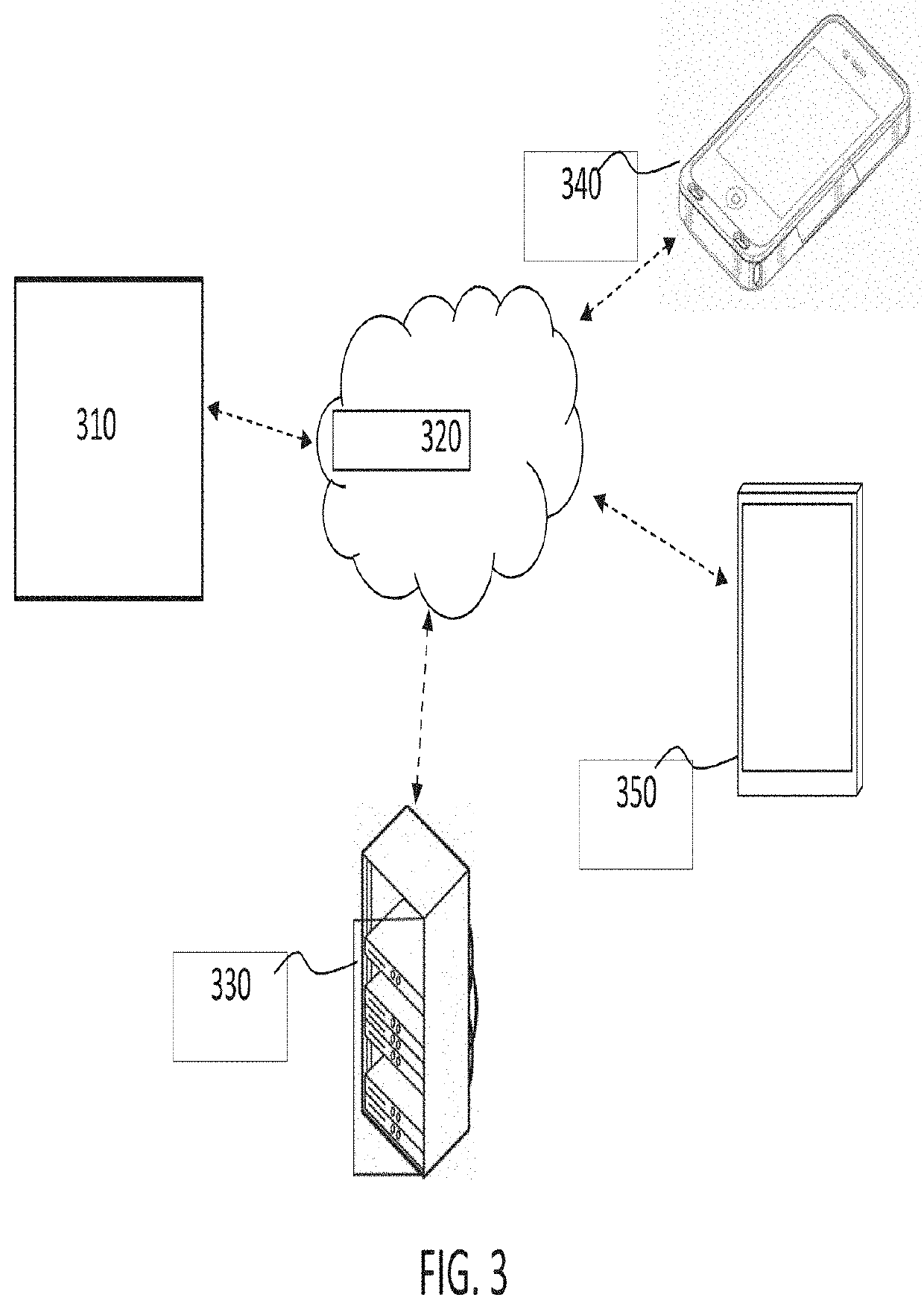Event log processing
a technology of event logs and event data, applied in the field of data processing and analysis, can solve the problems of repeating events, obfuscating process patterns, and unsuitable for large-scale data use, and achieve the effect of improving the accuracy of the obtained model and more accurate process results
- Summary
- Abstract
- Description
- Claims
- Application Information
AI Technical Summary
Benefits of technology
Problems solved by technology
Method used
Image
Examples
Embodiment Construction
[0039]Proposed is a concept for processing an event log that may maintain information about repeating events but reduce redundancy of the repeated events in the event log. This may help process analysis by reducing the amount by which repeating events in the event log may obfuscate main process patterns. It may, for example, help to refine event logs so that they are more meaningful or easier to analyze.
[0040]To enable the replacement of repeating events in an event log with more useful identifiers for example, repeating events of the event log may be clustered into groups. An identifier associated with a group may then be used to replace instances of the group's members in the event log, thus maintaining information about the repeating events in the event lot but removing redundant or repeated information.
[0041]Clustering of the repeating events into groups may be based on an event embedding model that is representative of relationships between events for various processes (such as...
PUM
 Login to View More
Login to View More Abstract
Description
Claims
Application Information
 Login to View More
Login to View More - R&D
- Intellectual Property
- Life Sciences
- Materials
- Tech Scout
- Unparalleled Data Quality
- Higher Quality Content
- 60% Fewer Hallucinations
Browse by: Latest US Patents, China's latest patents, Technical Efficacy Thesaurus, Application Domain, Technology Topic, Popular Technical Reports.
© 2025 PatSnap. All rights reserved.Legal|Privacy policy|Modern Slavery Act Transparency Statement|Sitemap|About US| Contact US: help@patsnap.com



